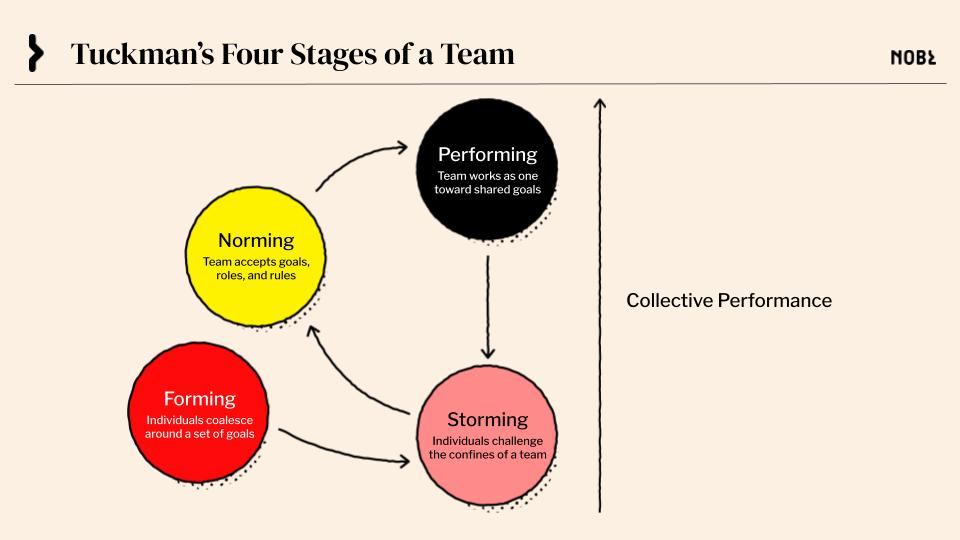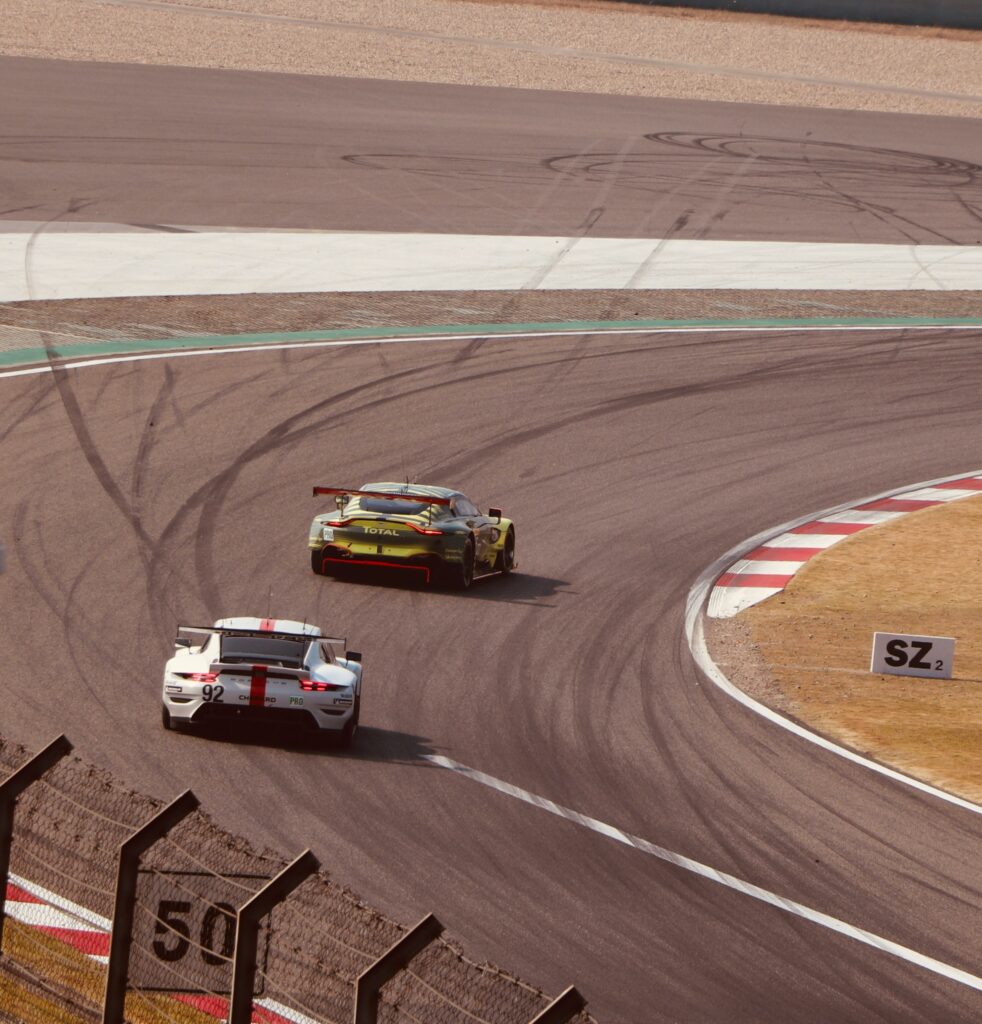Your team starts off full of energy. Everyone is polite, engaged, and optimistic about what they can accomplish together. Then, suddenly, things get messy. People clash over ideas. Deadlines slip. Communication breaks down. This isn’t a sign that the team is failing—it’s a normal part of team development. Teams don’t just “click” and start working smoothly overnight. They go through a predictable process, first outlined by psychologist Bruce Tuckman in 1965: Forming, Storming, Norming, and Performing.
Later, in 1977, Tuckman and Mary Ann Jensen added a fifth stage: Adjourning, which describes how teams disband after completing their work.
If your team is struggling, the real question is: What stage are you in, and how do you move forward?
What Are the Stages of Team Development?

- Forming – Everyone is polite, cautious, and figuring things out. People avoid conflict, roles aren’t clear, and progress is slow.
- Storming – Disagreements surface. Conflicts over decision-making, roles, and personalities emerge. This is where many teams get stuck—or fall apart.
- Norming – People find their rhythm. Expectations get clearer, processes improve, and collaboration starts to flow.
- Performing – The team hits its stride. Trust is high, communication is strong, and results start to accelerate.
- Bonus: Adjourning – For project-based teams, there’s often a final stage: Adjourning. Once the work is done, the team disbands, which can be either smooth or chaotic. Wrapping up well—through documentation, knowledge-sharing, and reflection—helps future teams avoid reinventing the wheel.
Every team—whether it’s a startup, a leadership group, or a project team—goes through these stages. The key is recognizing where you are and knowing what to do next.
How Teams Get This Wrong
Even experienced leaders misinterpret these stages and make common mistakes.
- They assume team struggles mean the wrong people are in the room. But most of the time, friction is just a normal part of progress.
- They try to skip the Storming phase. Teams that don’t deal with conflict early on just delay the inevitable—problems resurface later, often worse.
- They think once they reach “Performing,” they’re set. Teams regress when major changes happen—new members join, leadership shifts, priorities change.
- They mistake quiet teams for successful teams. Just because there’s no visible tension doesn’t mean a team is aligned. Sometimes, it means people are disengaged or avoiding hard conversations.
How to Move Your Team Forward
- In Forming: Make expectations clear. Define roles, goals, and team norms early so people know what they’re working toward.
- In Storming: Address conflict openly. Surface disagreements rather than letting them fester. Help the team develop productive ways to resolve issues.
- In Norming: Reinforce strong behaviors. Encourage collaboration, recognize wins, and keep refining team processes.
- In Performing: Push for growth. Challenge the team with bigger goals and new opportunities to keep engagement high.
- In Adjourning: Wrap up intentionally. Don’t just disband—capture lessons learned, document best practices, and ensure a smooth transition for the next phase.
And when the team regresses—because it will—step back and identify what stage you’ve fallen into. Then, adjust accordingly.
Final Thought
Dysfunction doesn’t necessarily mean failure—it could mean that your team is evolving.
If you want high performance, you can’t just assemble talented people and expect instant results. You have to guide them through the rough patches and help them build the trust and rhythm they need to thrive.













